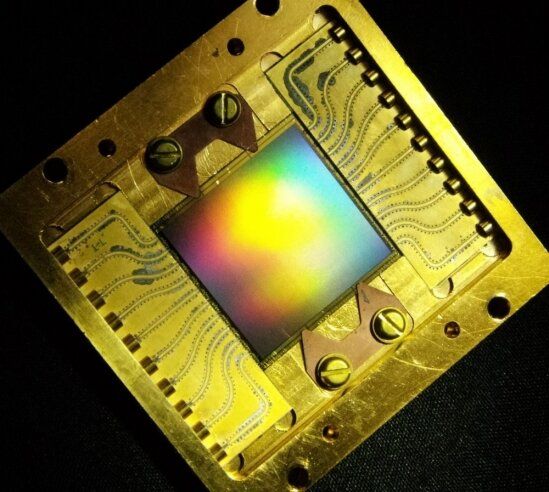In the years since astronomers discovered the first exoplanet—a planet that orbits a star outside the solar system—more than 4,000 have been observed. Usually, their presence is given away by the slight effects they have on their parent stars, which vastly outshine them. For a decade and half, scientists have been trying to image exoplanets directly, but the Earth’s atmosphere presents a major impediment when they attempt to leverage large ground-based telescopes.
Now, a team of U.S. and Japanese scientists and engineers that includes researchers at UC Santa Barbara have developed a new exoplanet-hunting camera. Deployed at the Subaru Telescope on Maunakea, Hawai’I, the device is the world’s largest superconducting camera by pixel count and will pave the way for direct imaging of extra-solar planets in the near future. An instrument paper appearing in Publications of the Astronomy Society of the Pacific announced the new device to the astronomical community.
Constructed by researchers in the lab of Professor Ben Mazin, the MKID Exoplanet Camera (MEC) uses Microwave Kinetic Inductance Detectors (MKIDs) to enable scientists to directly image exoplanets and disks around bright stars. The detector runs at a brisk 90 millikelvin—just a touch over absolute zero—and is the first permanently deployed superconducting camera that operates in the optical and near infrared spectrum.
